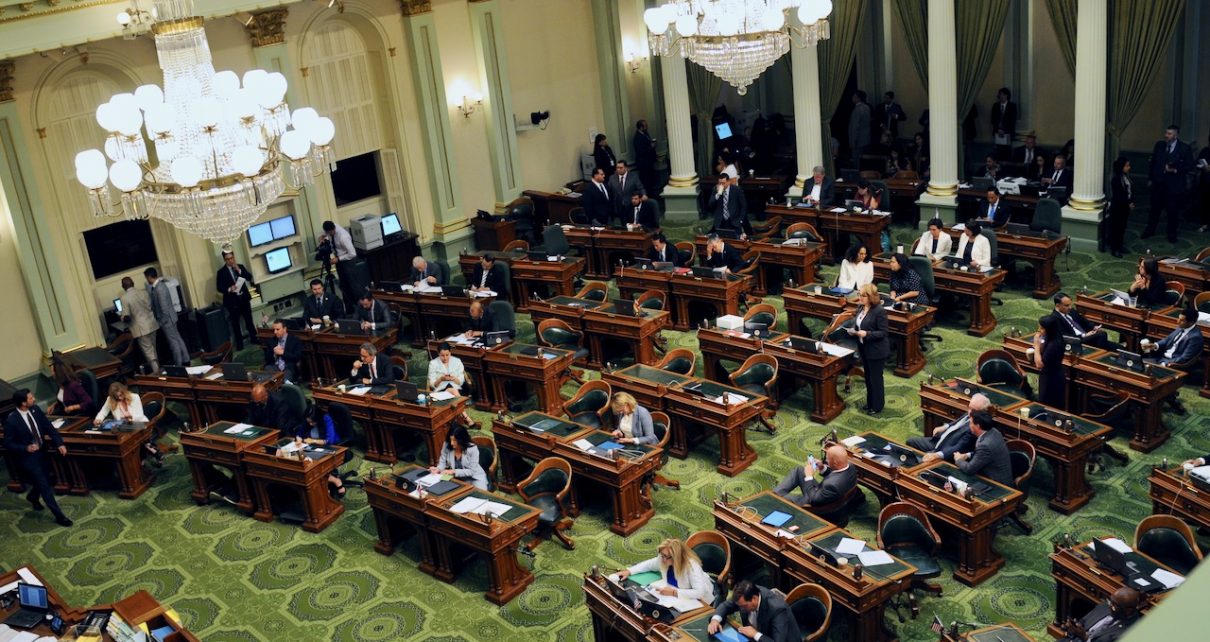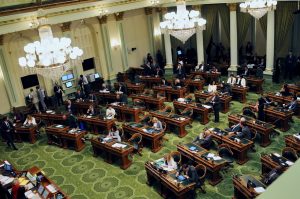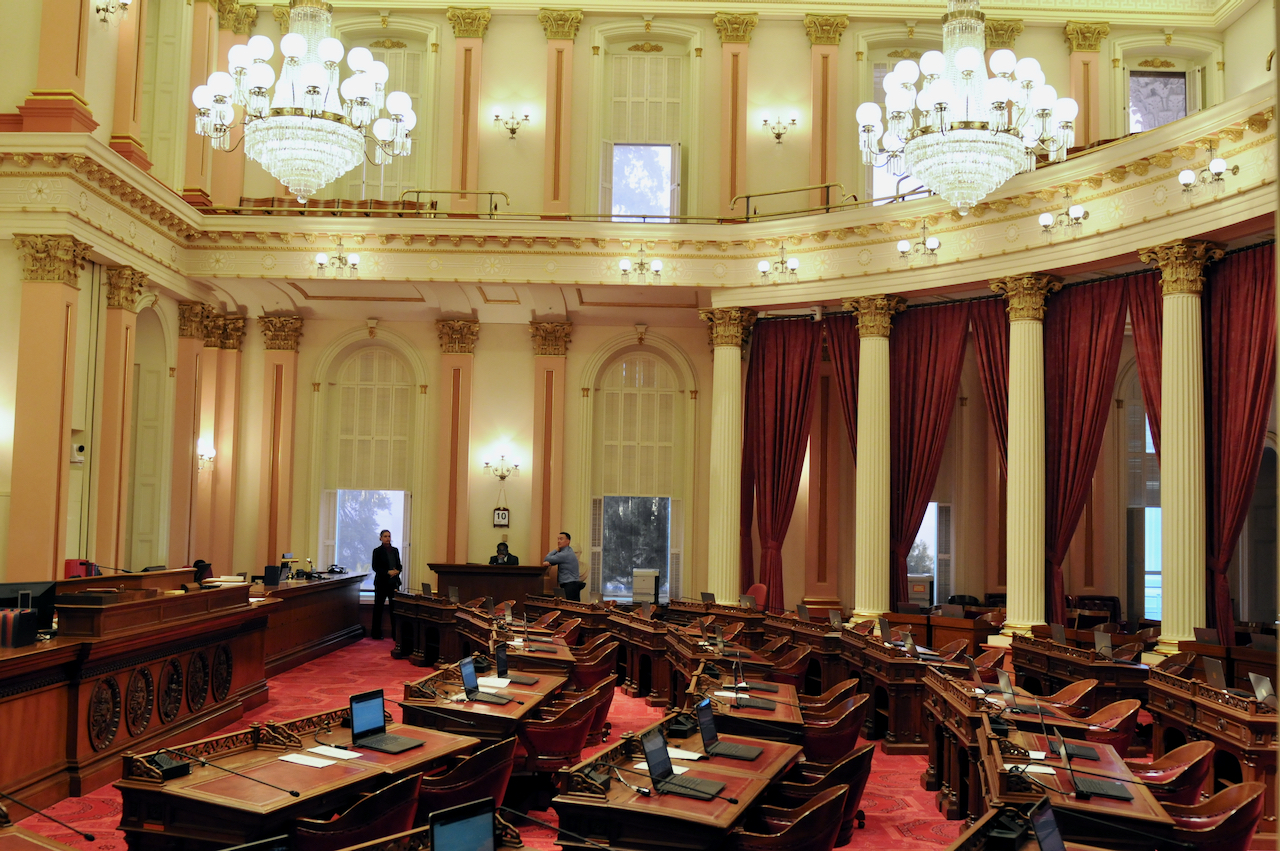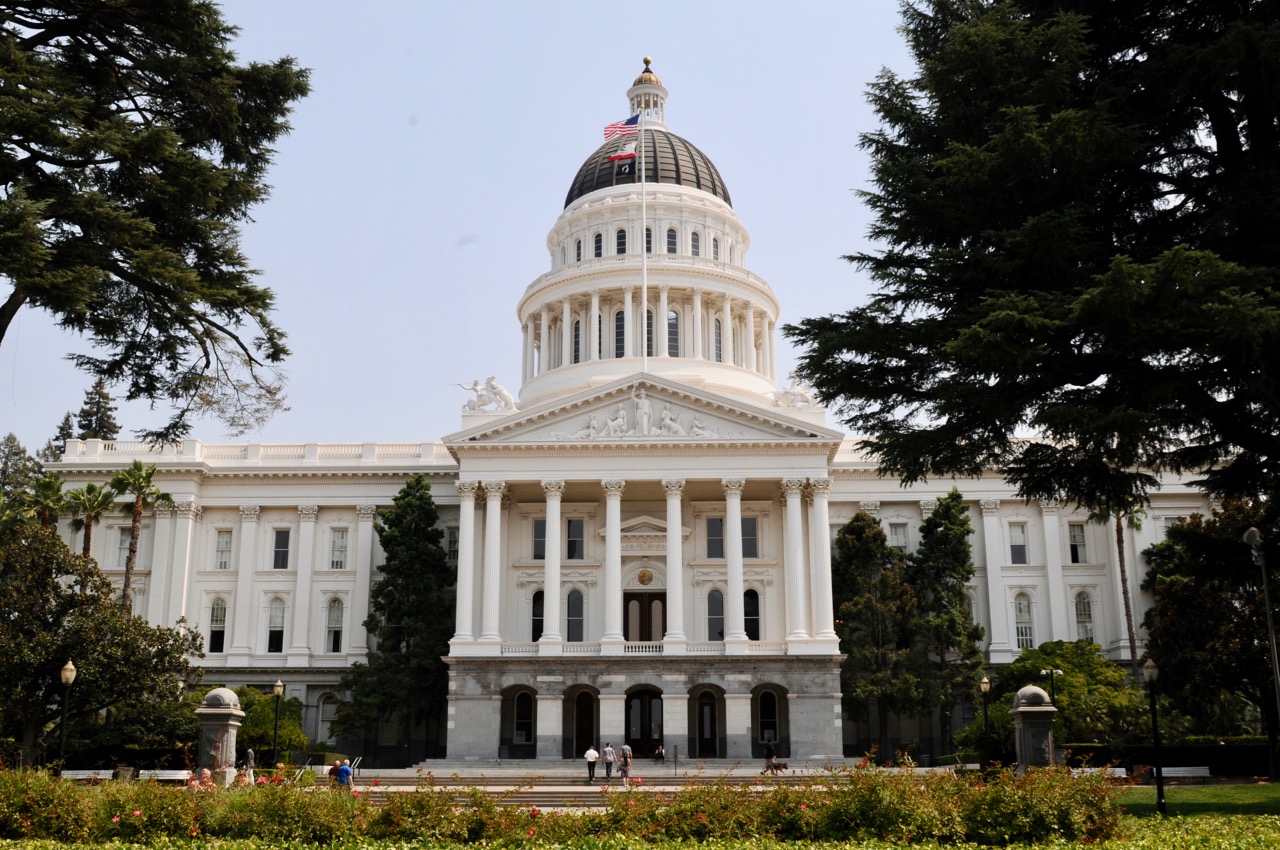
California State Assembly Chamber. (Photo: Kevin Sanders for California Globe)
Adjournment in the California Legislature
Many observers mistakenly called it ‘adjournment sine die’
By Chris Micheli, October 6, 2020 2:37 am
When the California Legislature adjourned its 2020 Session in the early morning hours of September 1, many observers mistakenly called it “adjournment sine die.” There is a distinction between adjournment and adjournment sine die.
According to the Legislative Counsel’s Glossary of Terms, adjournment means the termination of a meeting, occurring at the close of each legislative day upon the completion of business, which is accomplished by a successful motion to end the session, with the hour and day of the next meeting being set prior to adjournment.

In order for the Assembly and Senate to adjourn, a motion to adjourn must be made. The motion to adjourn is not debatable and may not be amended. It is always in order, except when another Member has the floor, when voting is taking place, or during a call of the Assembly. Pursuant to Assembly Rule 84, the details of the adjournment motion are entered in the Assembly Daily Journal. A motion to adjourn requires a majority vote.
In addition, under Assembly Rule 85, a motion to recess to a time certain is treated the same as a motion to adjourn, except that the motion is debatable and can be amended as to the time and duration.
This is distinguished from adjournment sine die which, in Latin, means literally to adjourn without days. According to the Legislative Counsel’s Glossary of Terms, the phrase means that there are no more days left. It is used to describe the final termination of the two-year legislative session.
Pursuant to Article IV, Section 3(a) of the California Constitution, “each session of the Legislature shall adjourn sine die by operation of the Constitution at midnight on November 30 of the following even-numbered year.” Both regular and special sessions of the Legislature adjourn sine die at midnight on November 30 of each even-numbered year.
So, when the Legislature terminated its Session on September 1, both the Assembly and Senate adjourned until they reconvene on Monday, December 7 at 12 noon.
On the other hand, the 2019-20 Legislative Session will adjourn sine die on November 30.
- Recent Legal Challenges to California Statutes - December 4, 2025
- Interpretation of International Commercial Disputes - December 4, 2025
- Volume of Daily Journal Letters Submitted by Bill Authors – 2025 Update - December 3, 2025





I would not mind if this current legislature, did adjourn with out days. I think we could benefit from a shortened legislative session, they can take the rest of the year off. We do not need any more bills that resemble SB145 or AB5, AB979, you get the idea.
Now we just need to shorten Newsolini’s time in office. Please remember to bite, mask, bite, mask….
http://www.recallgavin2020.com
The Governor can reconvene the legislature and pass more bills or amendments but they will not take affect until some time in 2023 as far as I know.